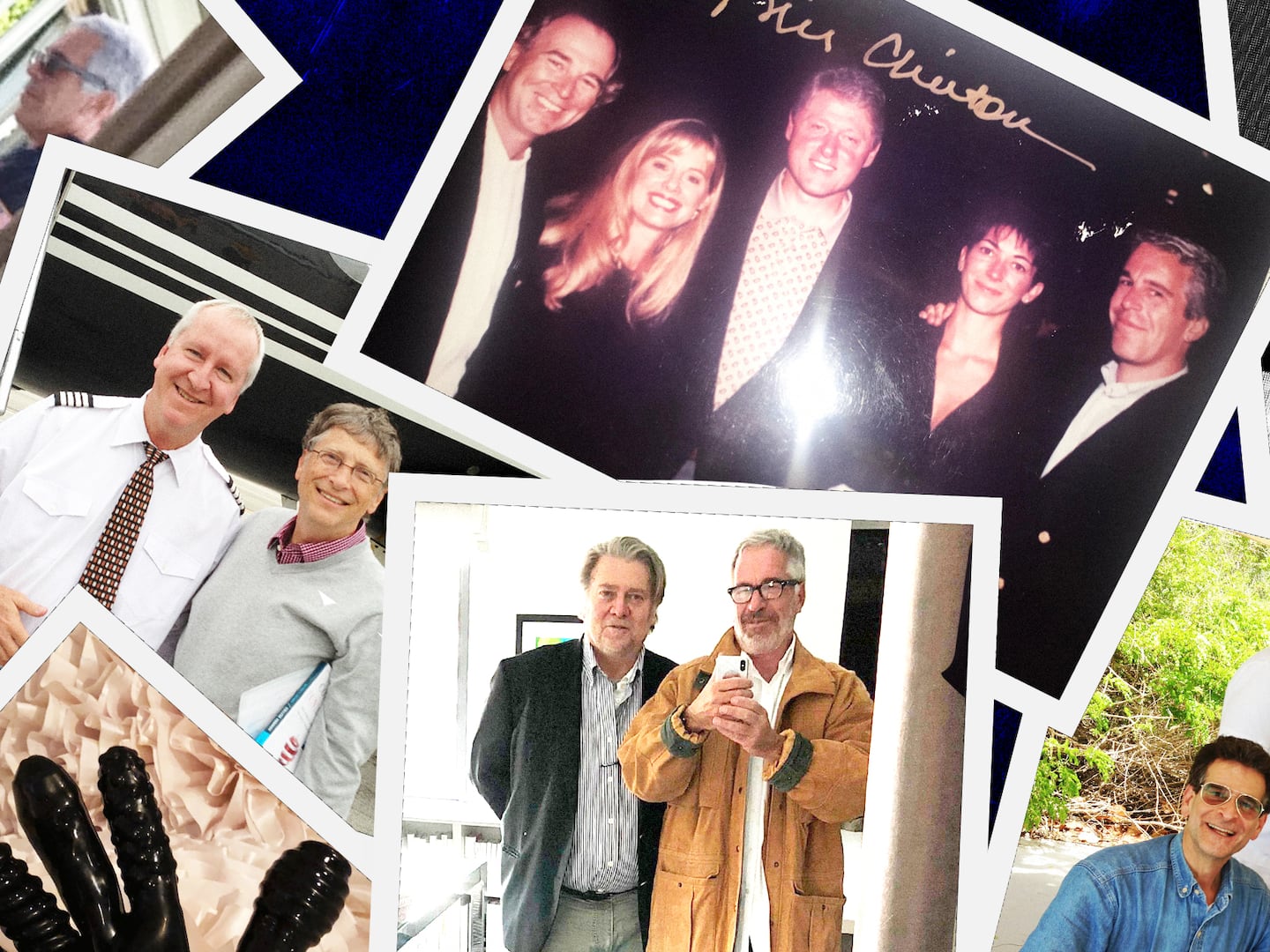Pour one out for MESSENGER space probe. Today, at around 3:30 PM EST, MESSENGER crashed into the planet Mercury, no doubt shouting “SCIENCE!” as it went. That final crash marks the end of an amazingly successful scientific mission, extended to four times beyond its original plan, that brought us a new understanding of the smallest planet in the solar system.
Since entering Mercury’s orbit in March 2011, MESSENGER (which, awkwardly, is the acronym MErcury Surface, Space ENvironment, GEochemistry, and Ranging) has studied the planet’s gravitational field, the structure of its craters, and the chemistry of its surface. The probe discovered water in the form of ice hiding in craters near the poles and organic molecules on Mercury’s exterior, and signs of a complicated past in the interior.
Before MESSENGER, the only probe to visit was Mariner 10, which flew by in 1975 but never orbited. That meant before 2011, when MESSENGER arrived, we had mapped less than half of Mercury’s surface, and didn’t have a lot of chemical or geological information. Because Mercury is less than half the distance to the Sun that Earth is (0.39 astronomical units, or 39 percent of the Earth-Sun distance), it never appears far from the Sun in the sky, blinding our instruments. That makes observation of the planet from Earth very difficult—we can see the moons of Jupiter much better, even though they’re much farther away.
MESSENGER launched on August 3, 2004, performing a series of complicated maneuvers to get it into position. Its first flyby of the planet was in 2008, but it took nearly three more years to achieve the right trajectory for orbiting. That’s in part because Mercury’s gravity is so weak, but also because the Sun’s gravity is nearly seven times stronger. To orbit, MESSENGER needed to nearly match speed and direction with Mercury, which gets harder the faster the probe was moving.
But everything went without a hitch, and once it was in orbit, MESSENGER did its work well. The scientific instruments aboard measured the planet’s magnetic field and variations in gravity that show how dense rock is below the surface. MESSENGER scientists determined that Mercury’s interior is very different than the other terrestrial worlds (Venus, Earth, the Moon, and Mars). Instead of a slippery plasticine layer called the mantle between the solid crust and hot core, Mercury has a layer of molten rock.
Mercury is not a big planet. Its diameter is only about 38 percent of Earth’s, making it only a little bigger than the Moon. Its mass is roughly 6 percent of ours; if you weigh 100 pounds on Earth, you’d tip the scale at 38 pounds on Mercury. I don’t recommend it as a vacation home—it orbits close enough to the Sun that its daytime temperature reaches 426º C (800º F), hot enough to boil off any atmosphere. In fact, sunlight is so intense there that MESSENGER needed mirrors to reflect light away from its solar panels and keep things from overheating.
The lack of atmosphere makes the planet interesting in other ways, though. While Earth weather has eroded away most of the craters our planet once had, Mercury’s surface is old. MESSENGER was able to observe much of the history of the solar system by viewing the craters on Mercury’s surface. The surface also shows signs of past volcanic activity, though less dramatic than the huge plains of lava we see on the Moon.
Possibly the most exciting discovery was the frozen water in shadowed craters near the poles. Mercury doesn’t have a strong tilt to its axis like Earth does, which means there are places on the surface that never see sunlight—and never reach the blazingly hot temperatures the sunlit parts get to. The presence of ice and organic molecules (which would be broken down by sunlight too) are more signs of the early history of the solar system, when comets and meteorites bombarded the planets, leaving water and interesting chemicals.
Originally, MESSENGER was supposed to operate for one year, but everything went so successfully that NASA extended its mission for three more. The probe could have kept going even longer had it not been out of fuel. Today’s crash was somewhat inevitable, in other words.
An odd side effect of the social media era is giving personality to space probes. The manager of the MESSENGER Twitter account writes in the first person, as though the probe were speaking, and many of my friends have expressed sadness at the “death” of the mission. And there should be some sadness: We have visited Mercury just twice, with no plans to send another mission ever again. But MESSENGER by all accounts was a wildly successful probe, and scientists will be studying data from MESSENGER for years to come. What better epitaph is that for a space mission? I can think of worse ways to go: crashing into the planet it studied, sciencing all the way.
Farewell, MESSENGER, and well done.






